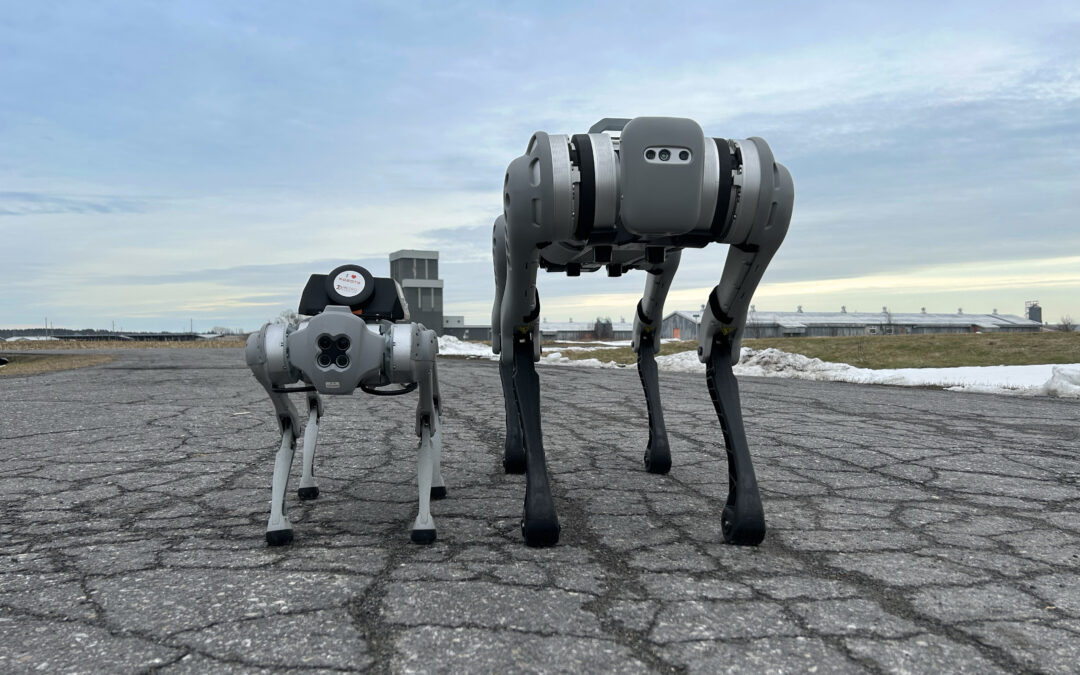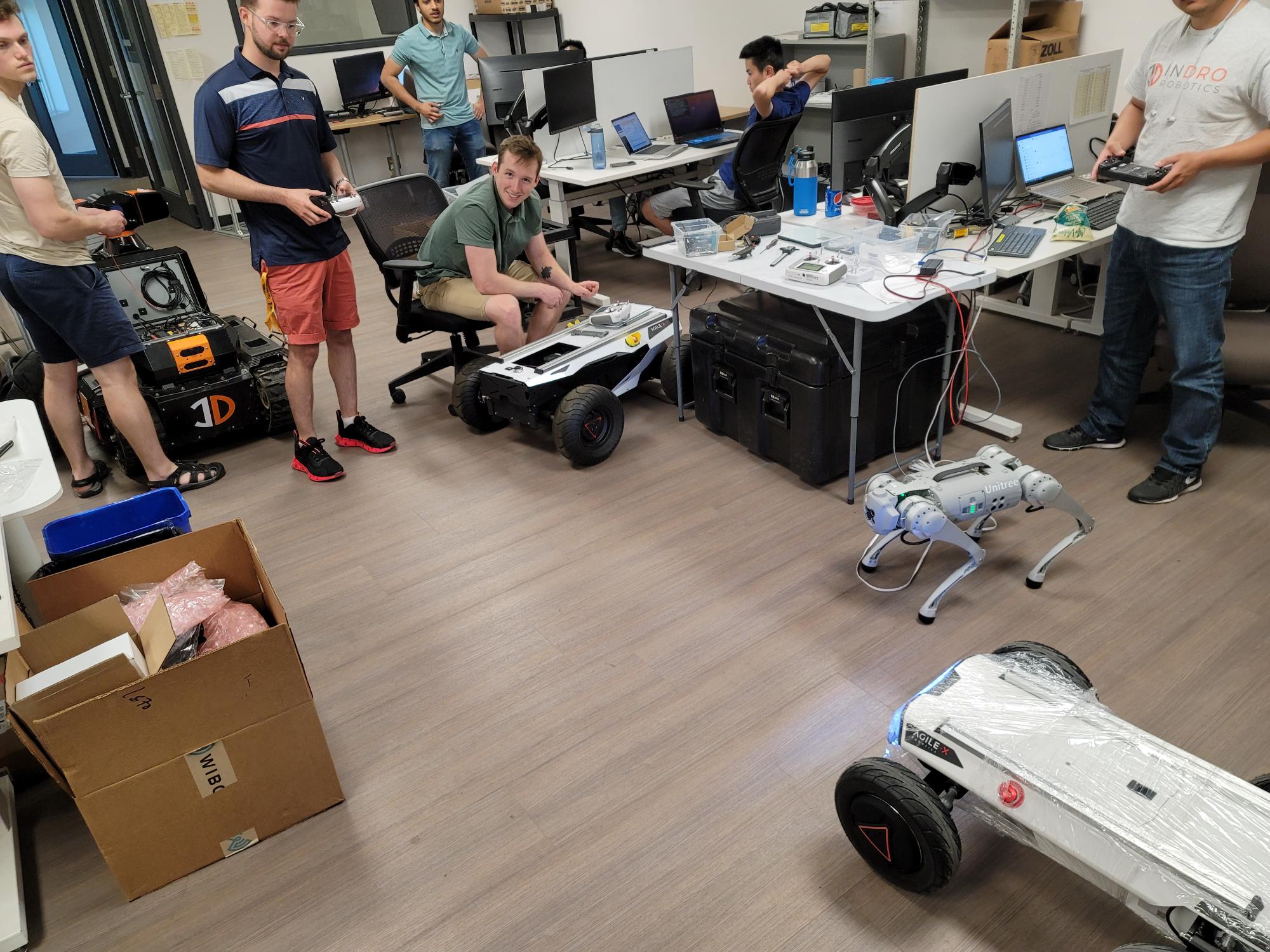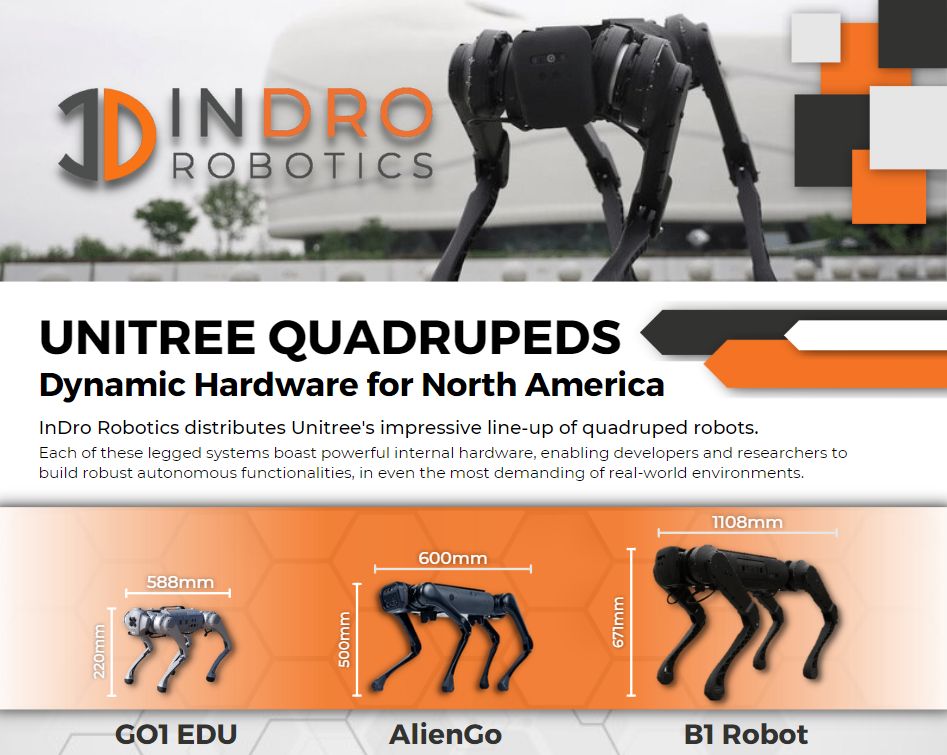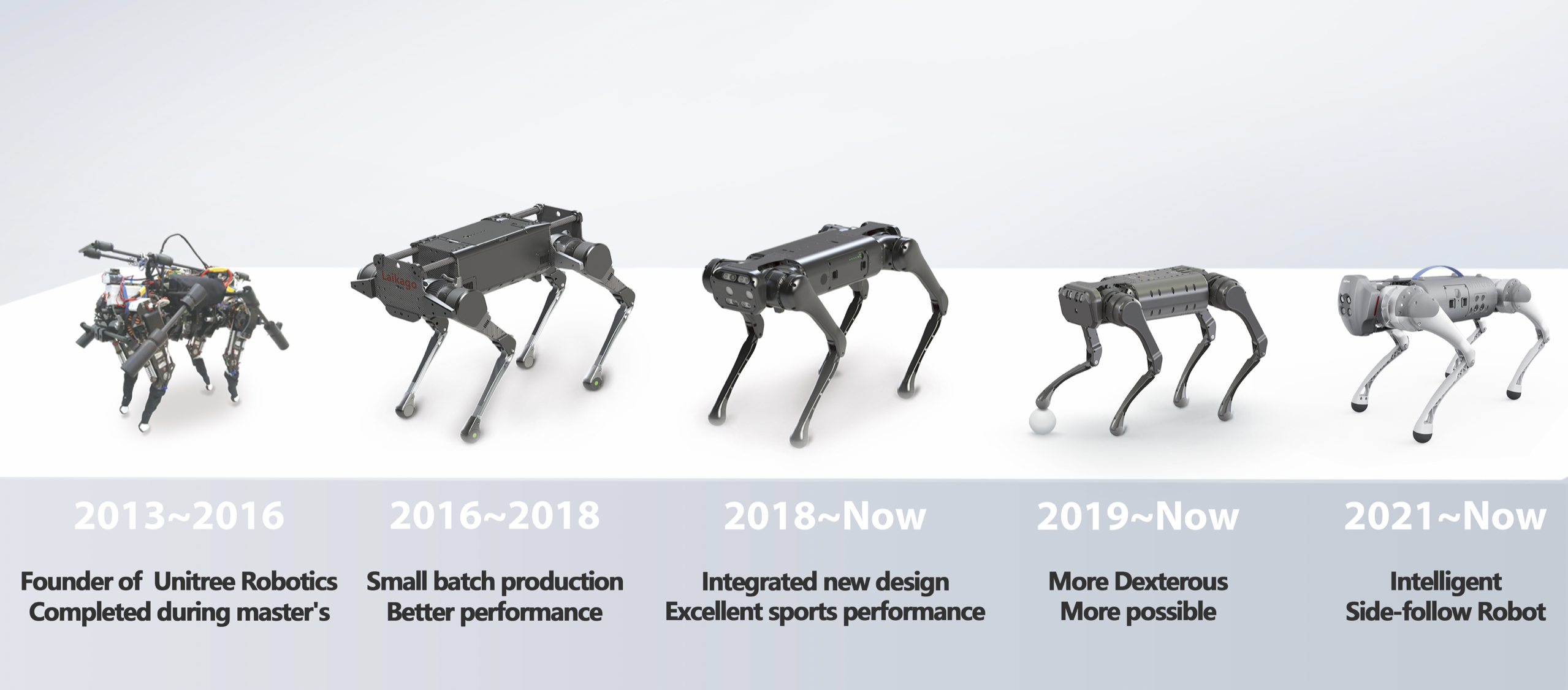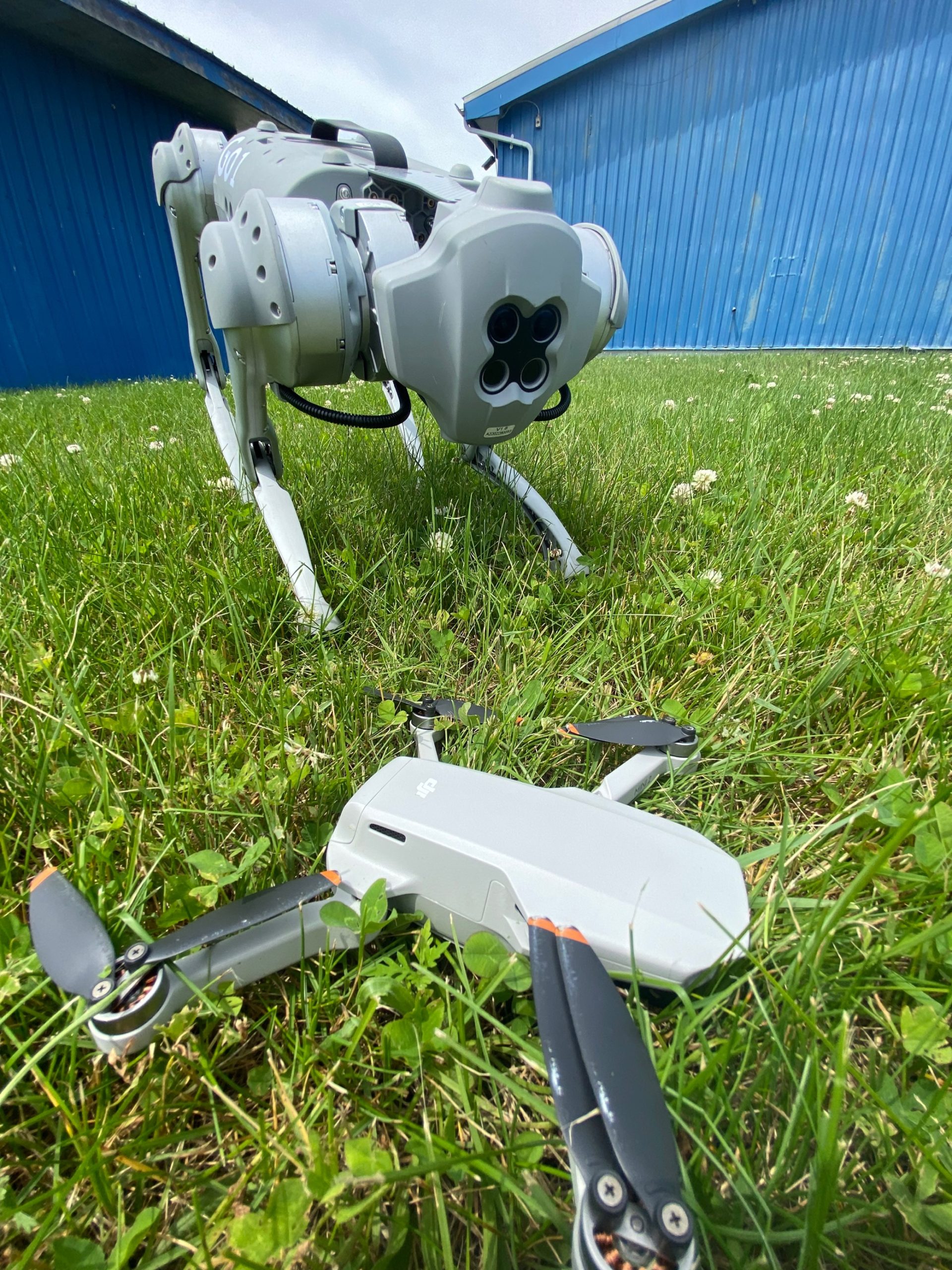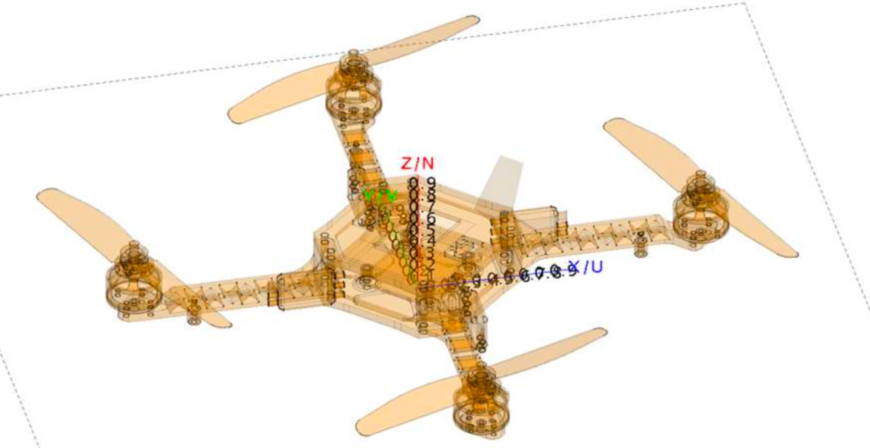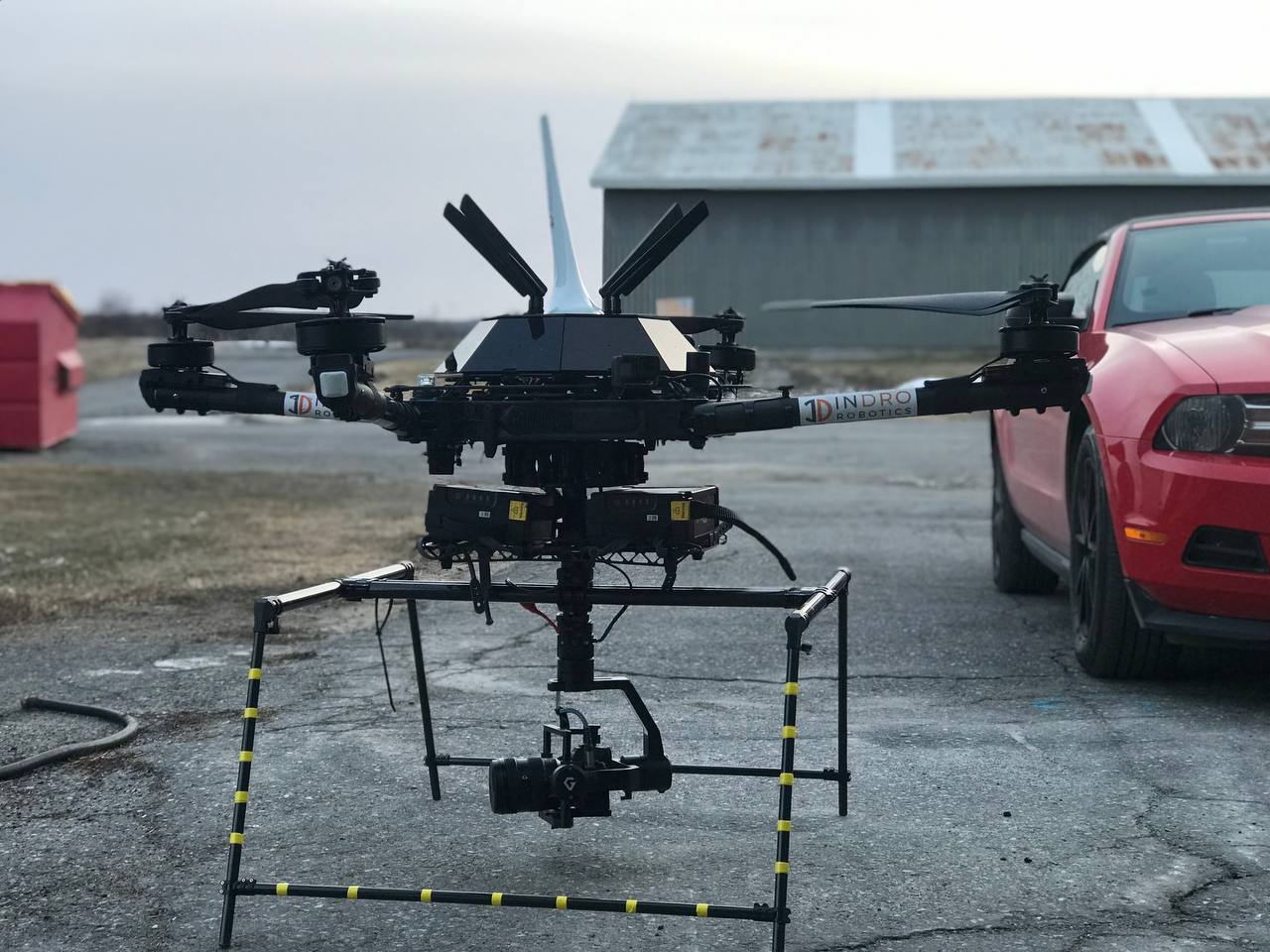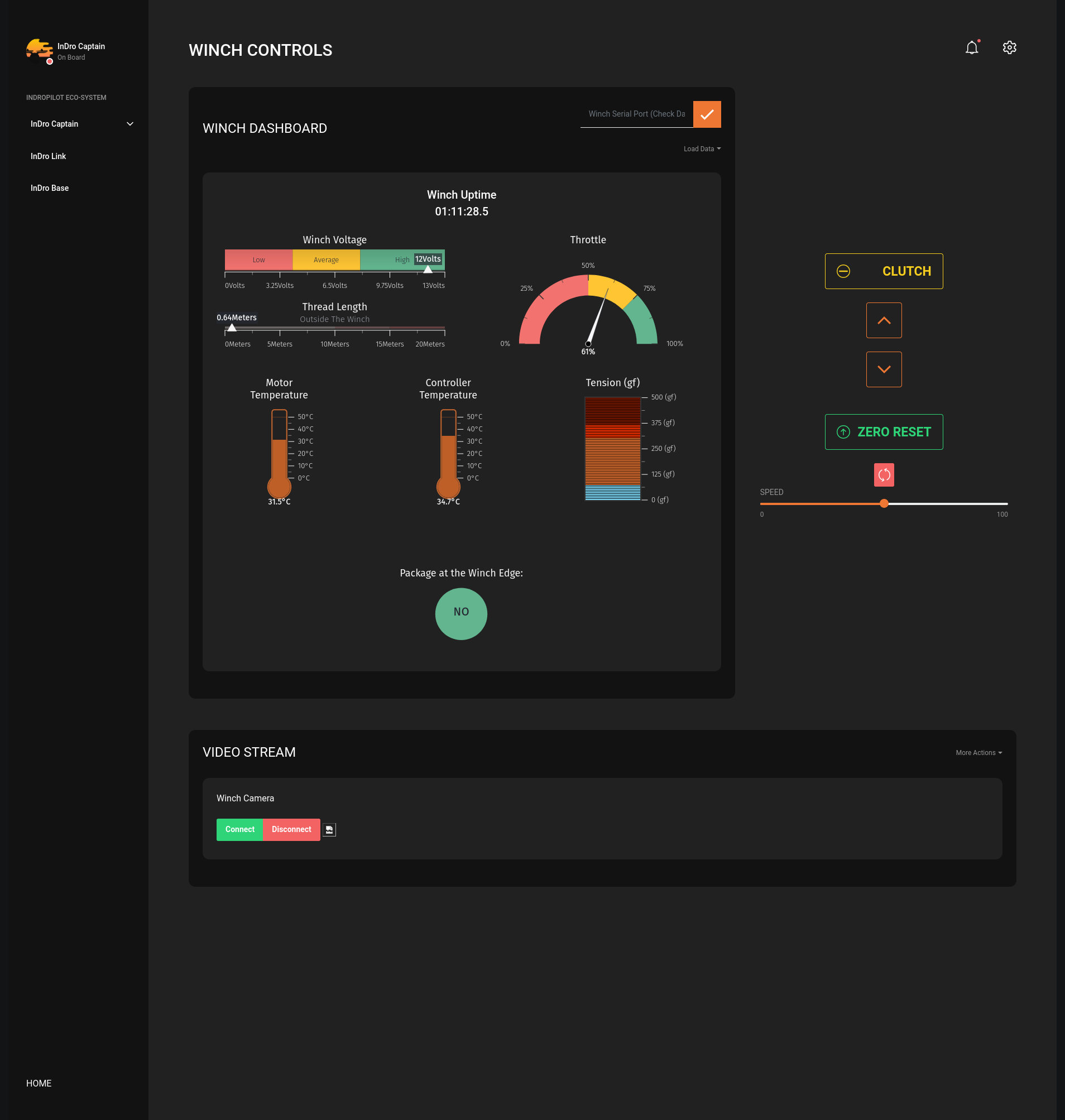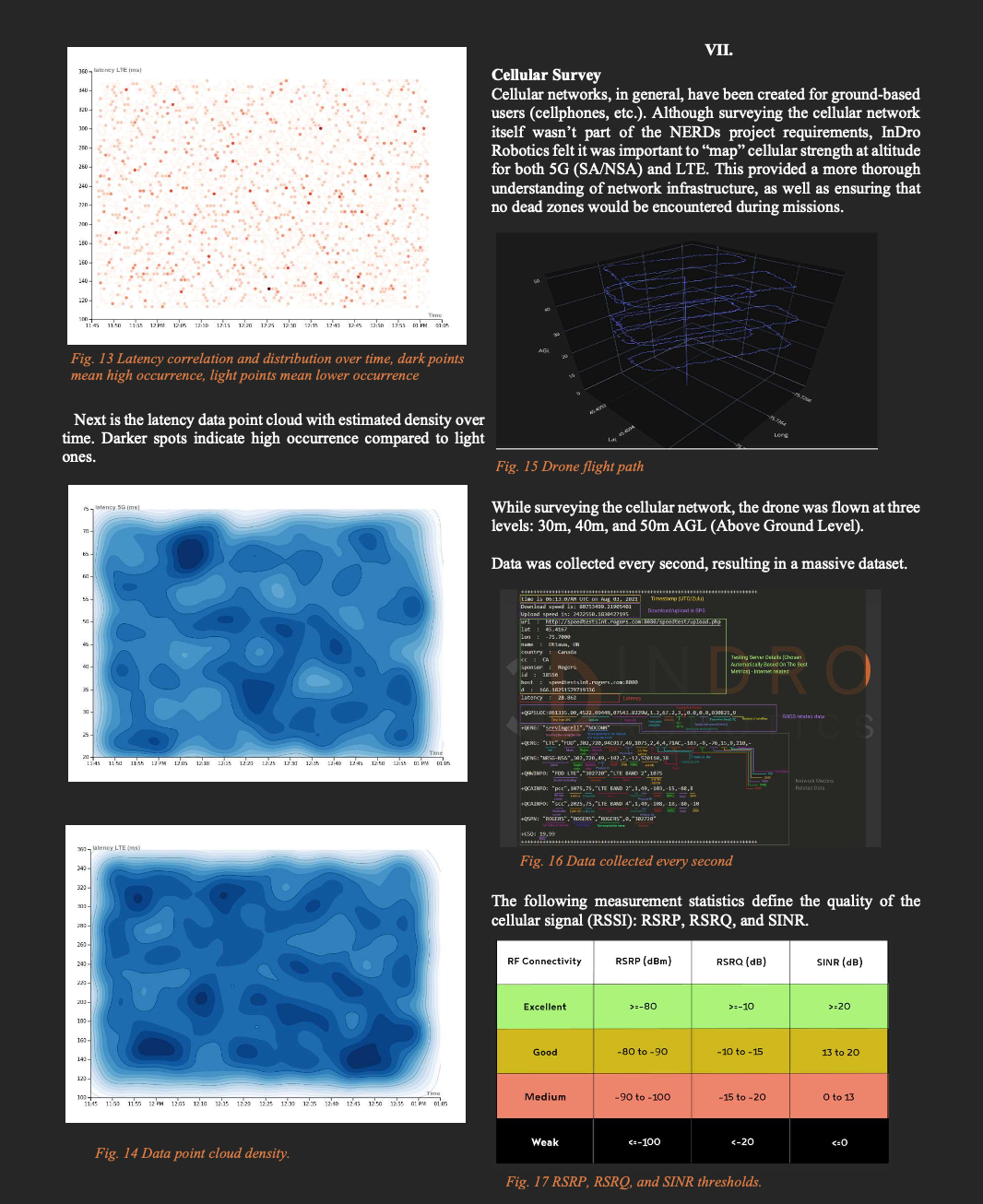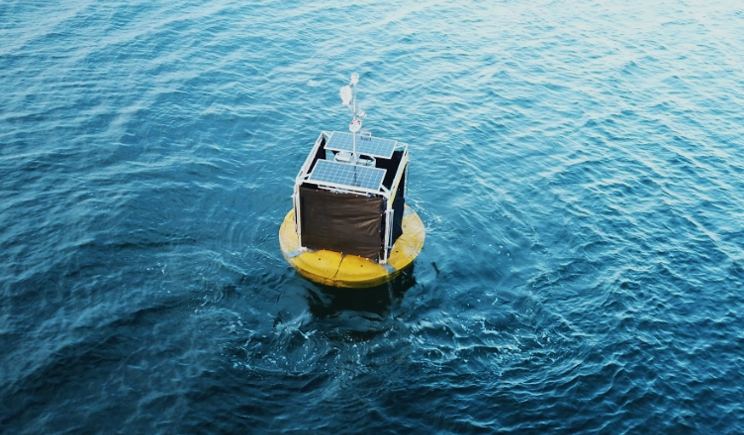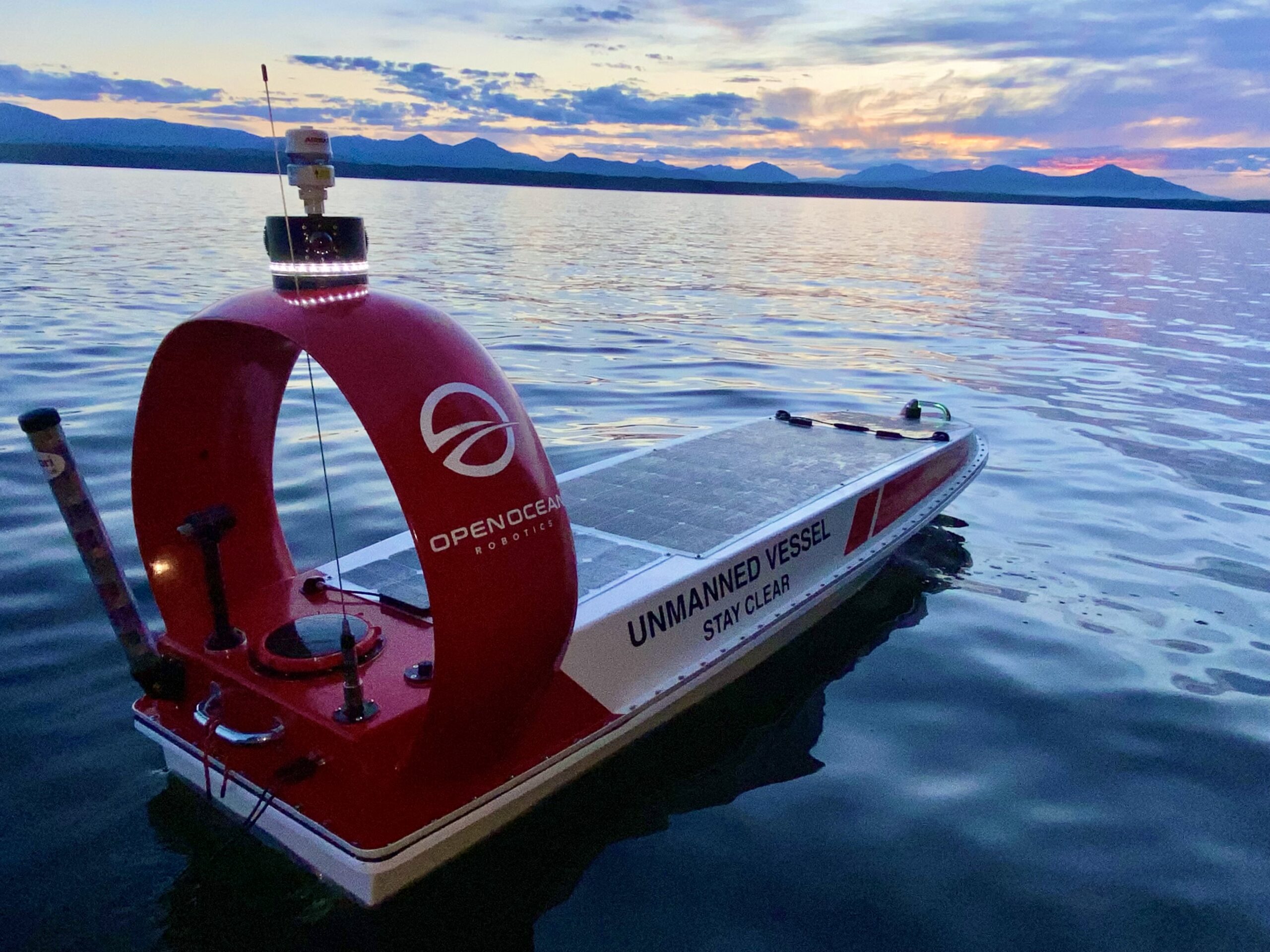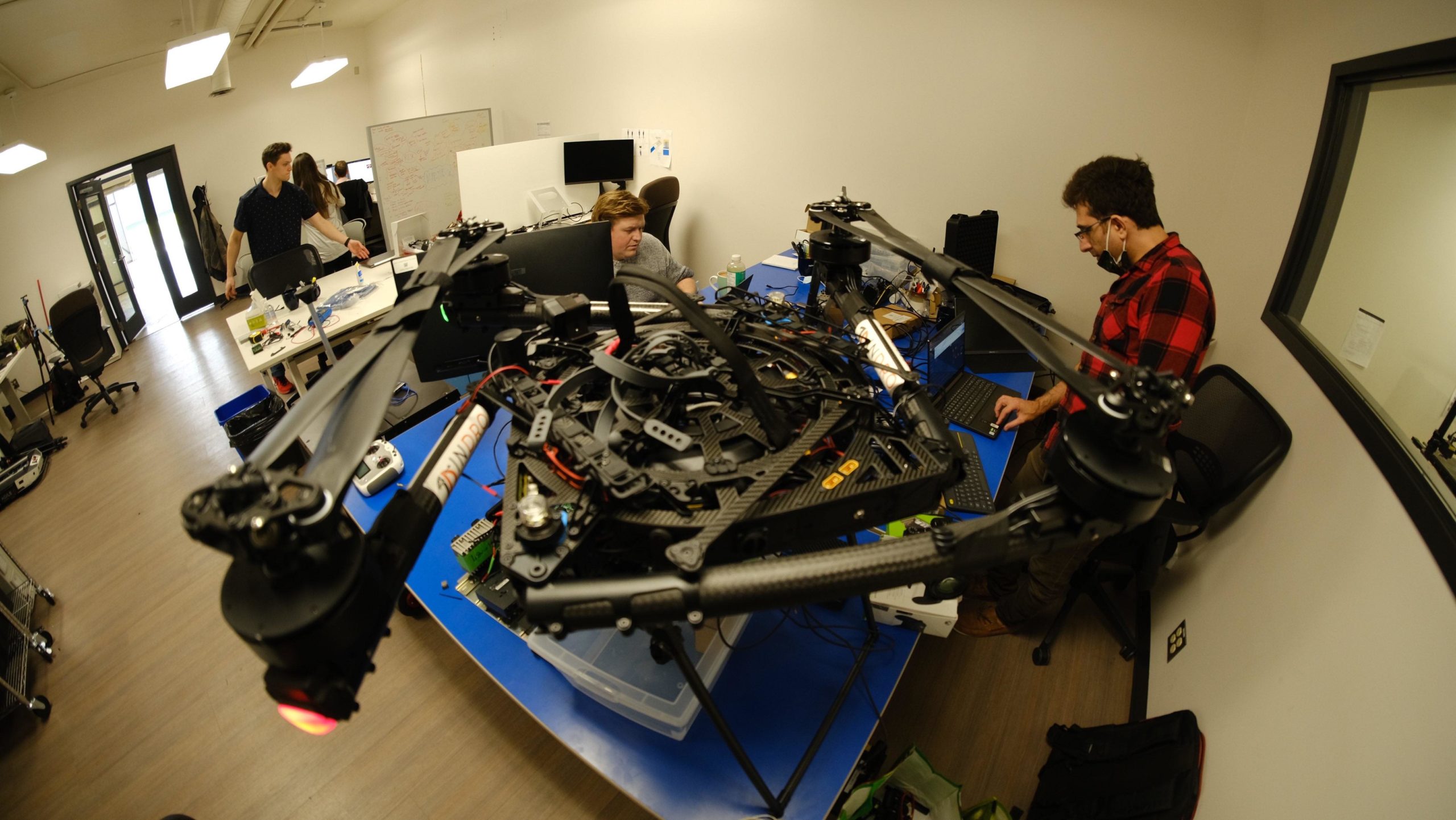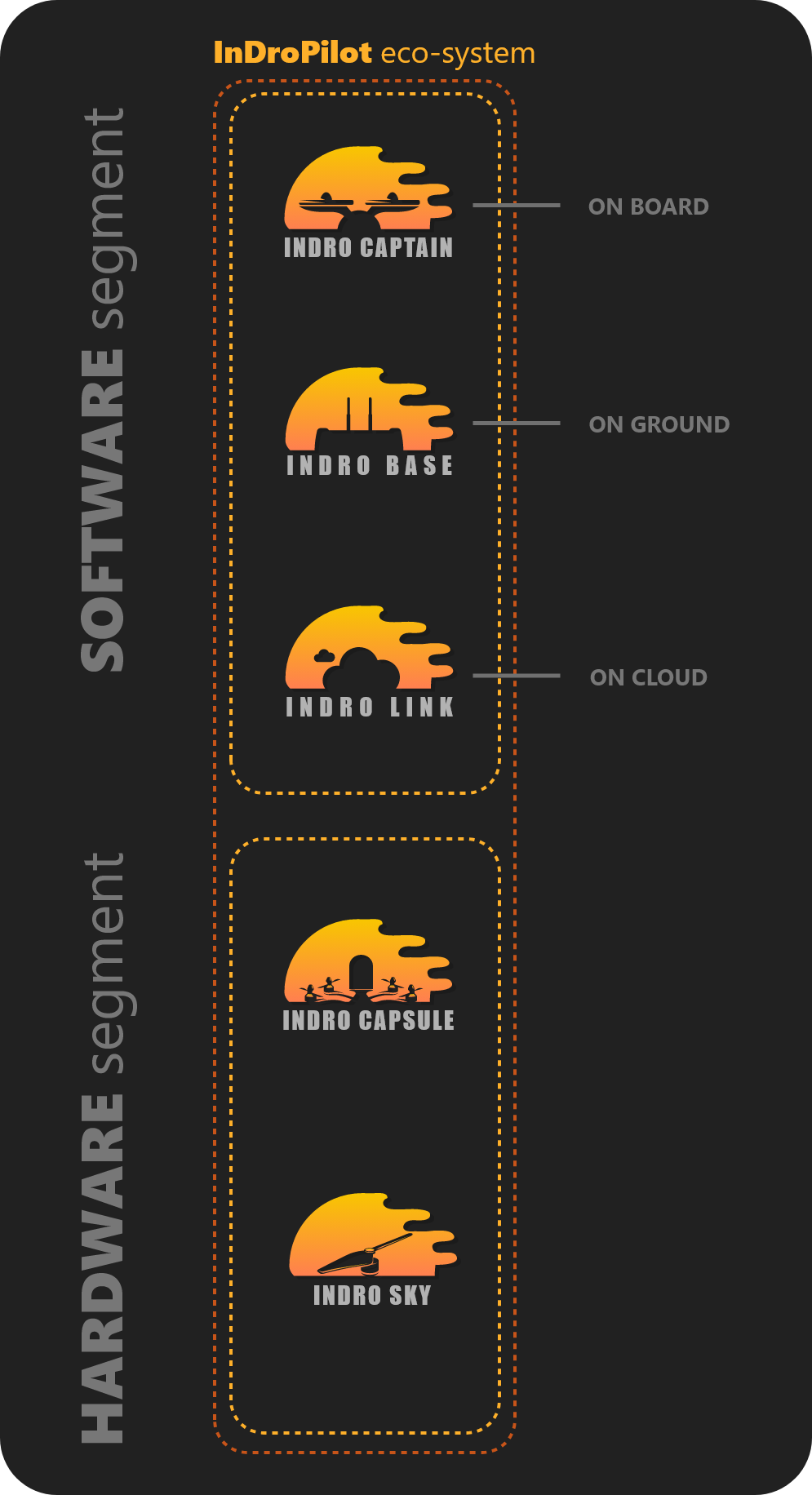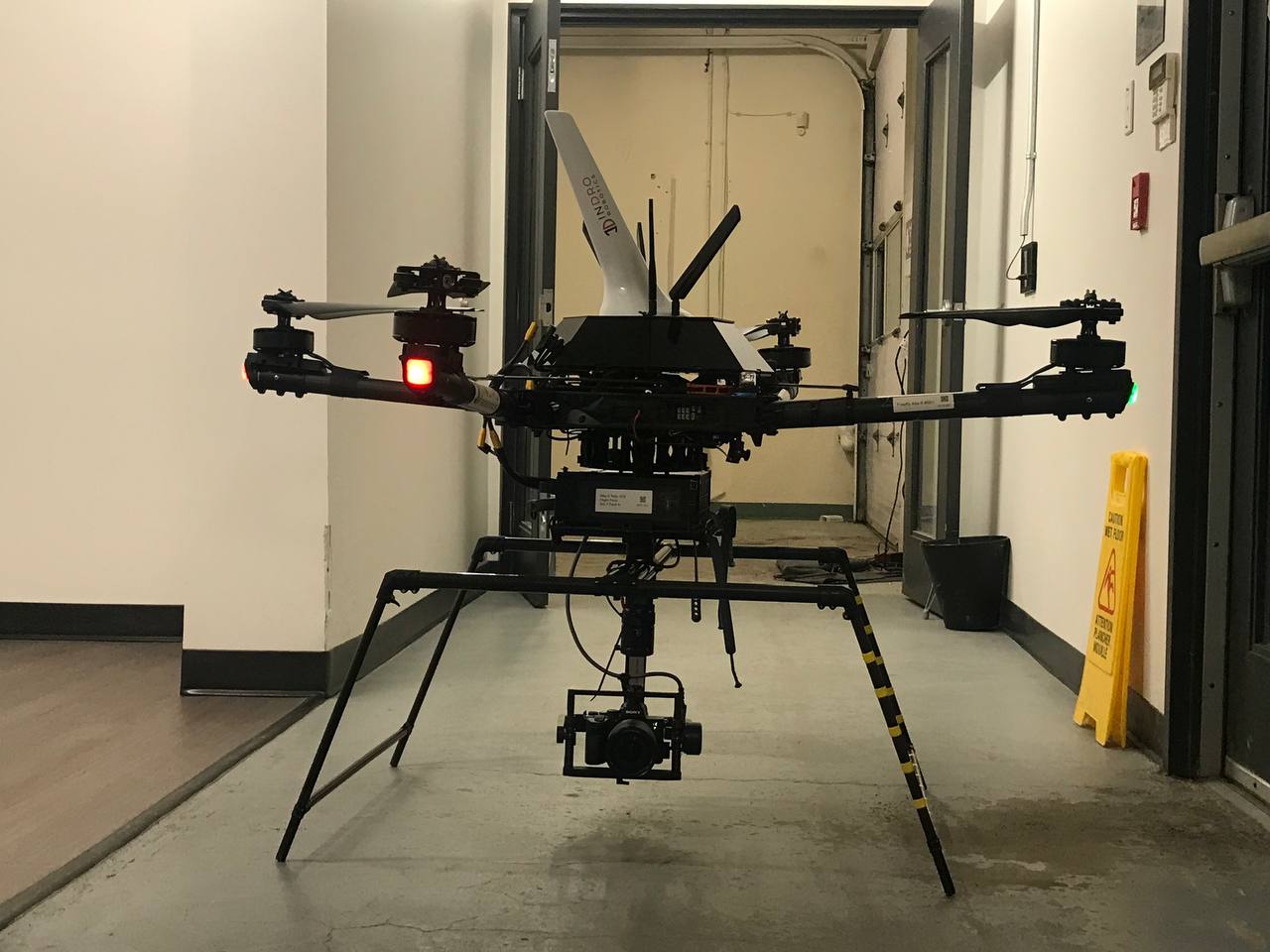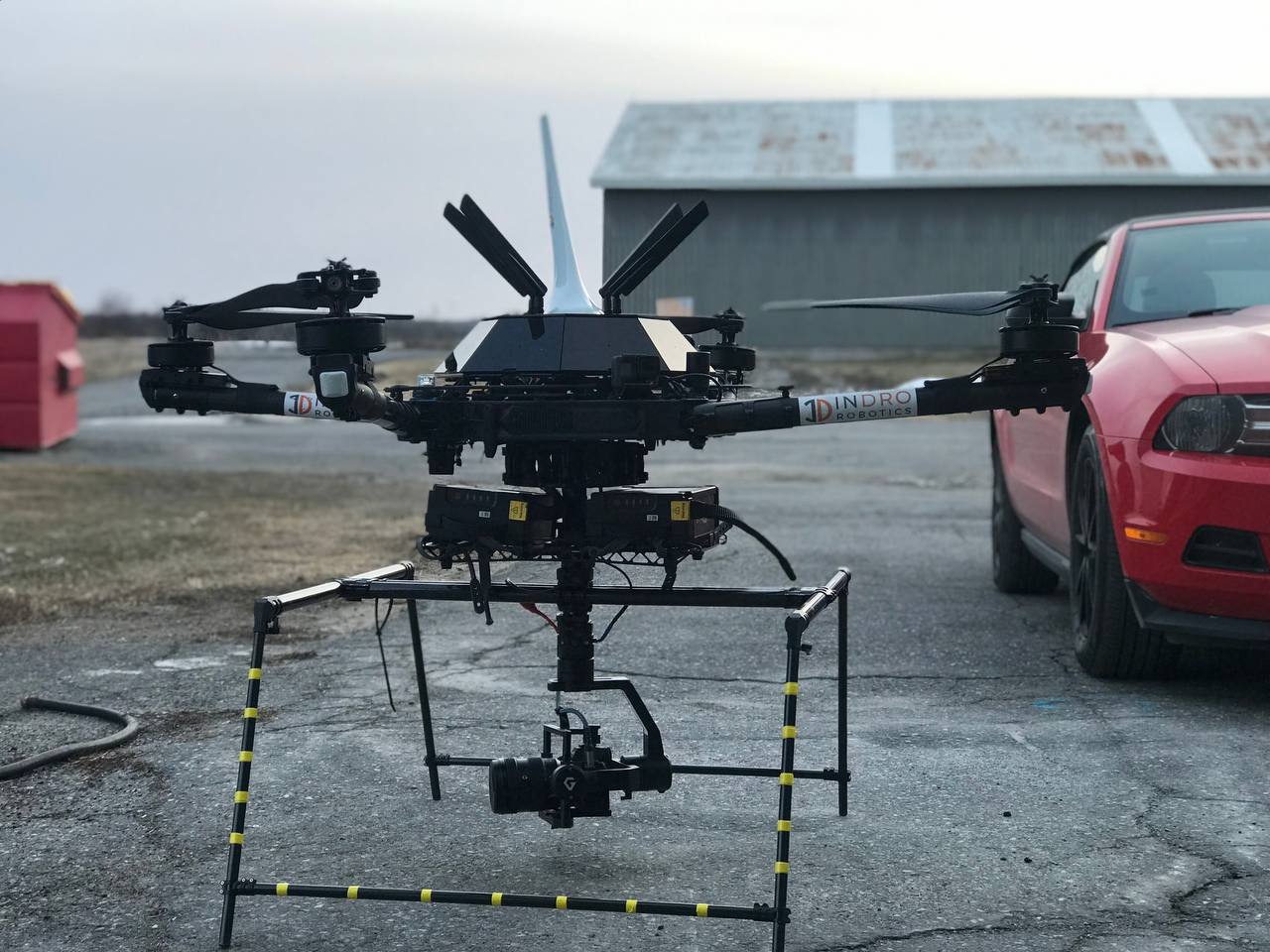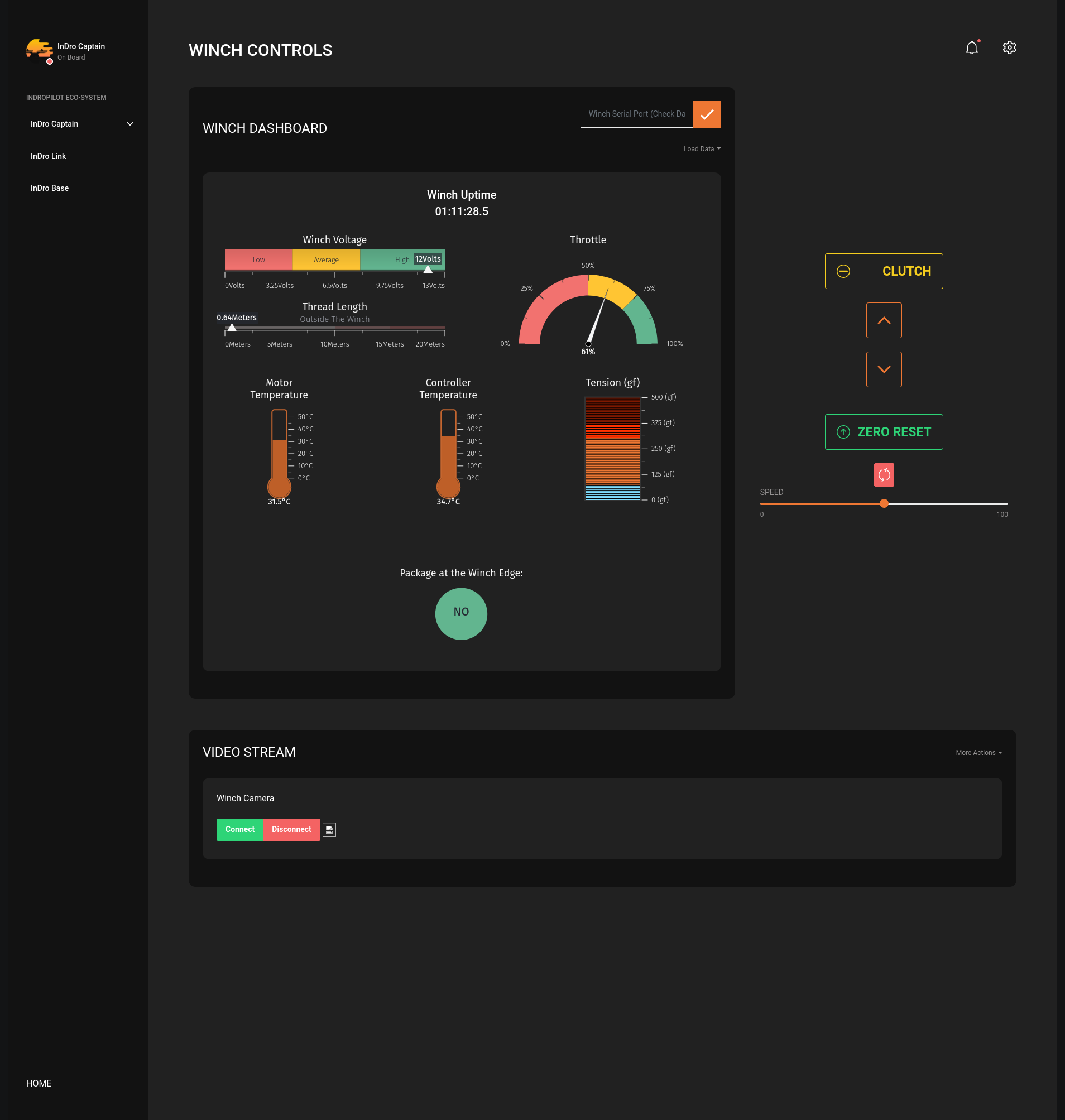
Consumers ready for drone delivery: Auterion
Consumers love their deliveries.
Whether it’s from hugely popular Amazon or a local retailer, there’s been an explosion in demand for deliveries since the COVID pandemic took hold. People have largely embraced the convenience of a truck pulling up and dropping off goods – despite the carbon footprint of Last Mile deliveries.
But what about drones? Are consumers ready to embrace drone delivery? According to the drone Open-Source company Auterion, nearly half of US consumers are indeed ready to start receiving goods from above.

Auterion is a major force in the drone world. In a nutshell, it provides “an ecosystem of connected drones, payloads, and apps within a single easy to use platform based on open-source standards.” In other words, Auterion software simplifies the workflow of all aspects of drone operations. Auterion works with more than 100 drone manufacturers – and that number is growing.
Because its software is used by so many end-users, the company thought it would be a good idea to take the pulse of consumers when it comes to drone deliveries. So it surveyed more than 1000 people to produce a report entitled “Consumer Attitudes on Drone Delivery.”
Its findings? Americans are ready.
The report found “a solid majority of Americans (58%) favor the idea of drone deliveries and even more (64%) think drones are becoming an option for home delivery now or will be in the near future. With more than 80% reporting packages delivered to their homes on a regular basis, the survey finds that Americans are generally ready to integrate drone delivery into daily life.”
And of the 64 per cent who think drones are an option for home delivery, here’s the breakdown for when they believe this will become a viable option:
- 32% think it’s possible now or within the next 1 to 2 years,
- 18% say within 3 to 4 years, and
- 14% within 5 to 10 years
While that’s encouraging, the Auterion report also found some hesitancy.
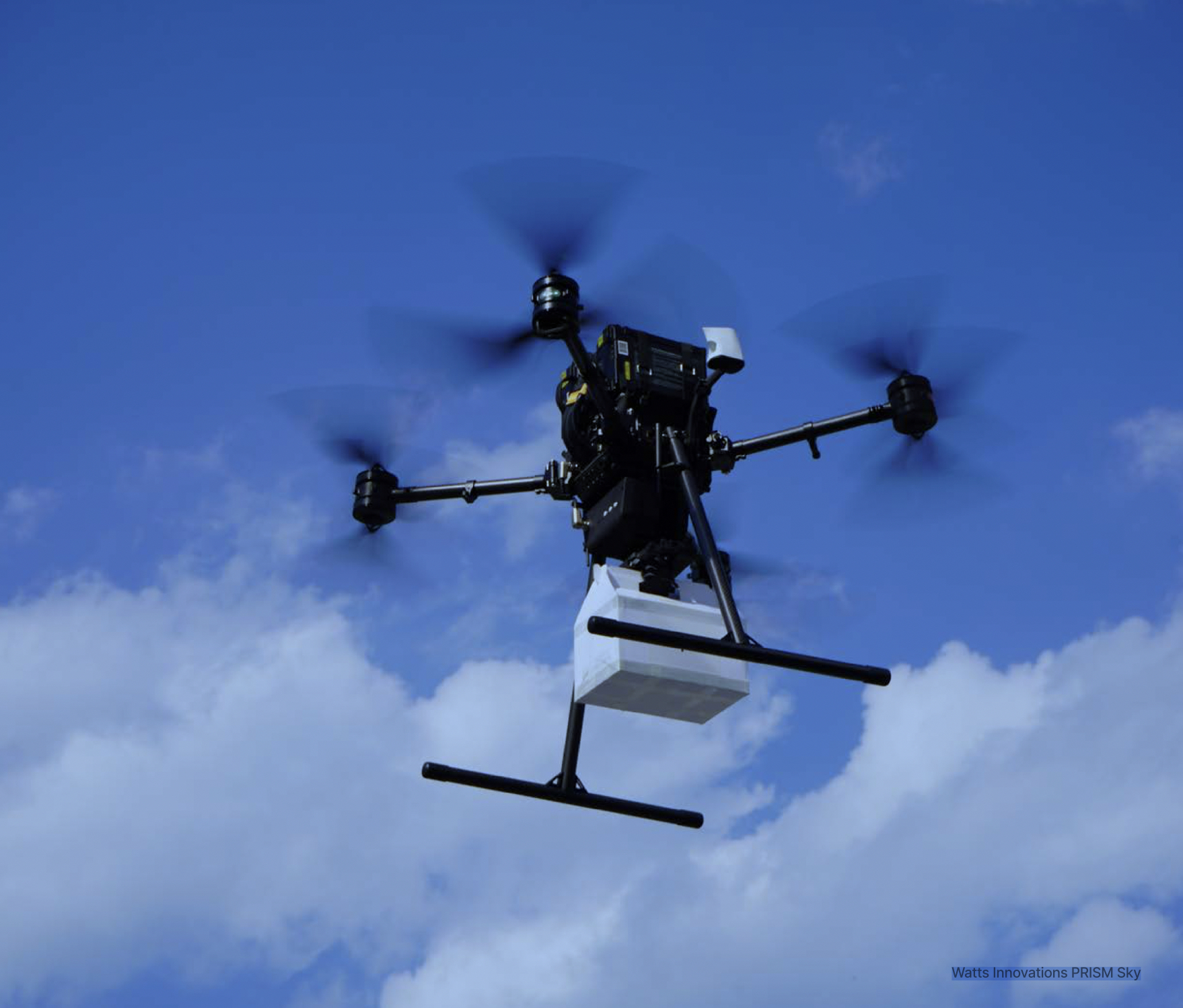
Not everyone is enthused
There is some hesitancy. In fact, 43 per cent of those surveyed feared that the drone might break down during delivery. Other concerns include:
- 39% – the drone will deliver my items to the wrong address,
- 38% – if something happens to the drone, I won’t get a refund,
- 37% – that my items will get ruined by the travel,
- 35% – that my items will be left unattended making stealing easier for porch bandits, and
- 32% – that the sky will be cluttered with ugly/noisy technology.
On that last concern, Alphabet’s WING discovered during its early trials in Australia that there was significant opposition to the noise produced by its drones. (The fact WING drones have 14 propellors might have played a role here.)
But there’s ongoing work on reducing drone noise levels, including some innovative new propellor designs. As for some of the other concerns raised, Auterion CEO Lorenz Meier says drones are ready for the task.
“Cargo drones are now able to understand the environment with precision, to communicate through control software in a common language, and to predict safe landing spots in real time for fast package delivery, as well as emergencies and other situations,” says Meier in the report.
“While traffic is jammed and fuel prices are volatile, air space is massive and becoming more accessible. Reducing reliance on gas-powered delivery vehicles with tough, environmentally friendly cargo drones is ultimately a safer, more flexible and more cost-effective approach to delivery.”
The technology is ready. So too, it appears, are most American consumers.
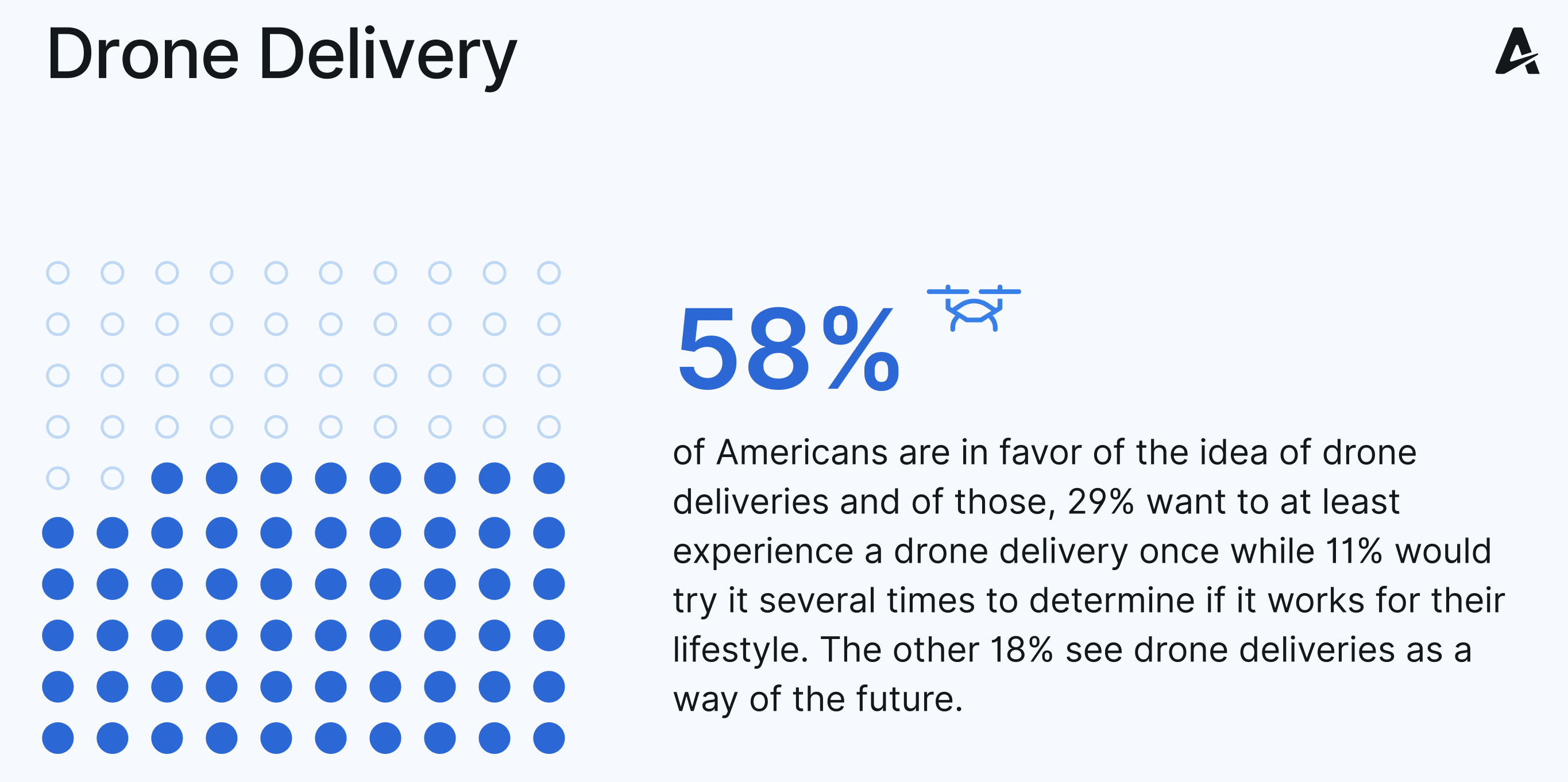
InDro’s Take
InDro played an early role in proving drone deliveries in Canada. The company has shuttled presciption medications to remote locations, transported simulated blood products between hospitals – and even delivered COVID-19 testing supplies for a island-based First Nations community during the peak of the pandemic. InDro Robotics was also the first company in Canada to receive a Cargo License from the Canadian Transportation Agency.
While we acknowledge there’s demand for drone deliveries, our own view is that this technology is perhaps best initially served by delivering urgent medications or other critical supplies to remote or isolated communities and homes.
There’s certainly an argument to be made on the environmental benefits of drones for Last-Mile delivery. But delivering coffee and bagels – though convenient for consumers – could be disruptive to neighbourhoods. We suspect city-dwellers are likely to be more accepting of drone deliveries when the cargo is critical, and not incidental.
Ultimately, and with reductions in noise, there will likely be room for both.
The Auterion survey contains far more insights than we were able to capture; you can read more and download the report here.

